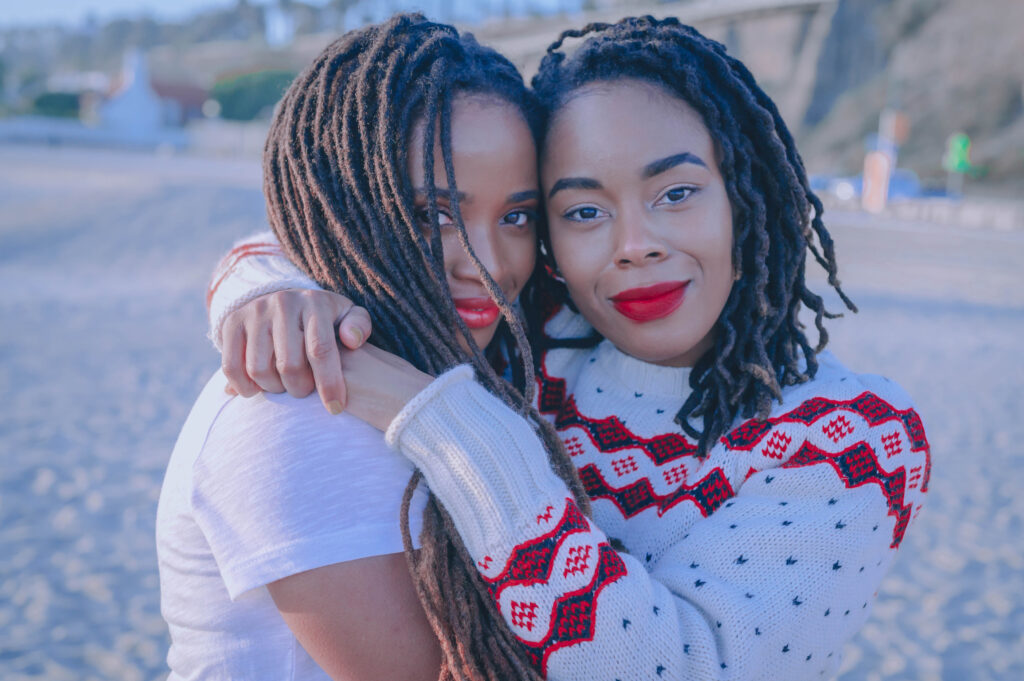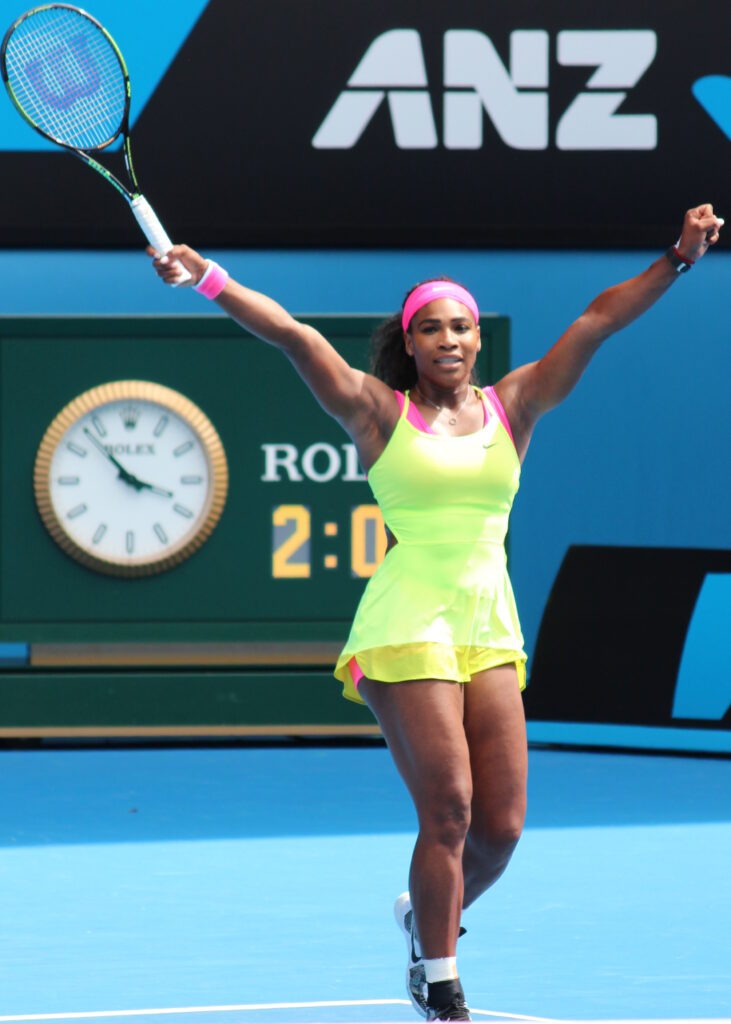
By: Yanet Mengistie
- Published on August 19, 2022
Trigger Warning: This article contains descriptions of racism and medical mistreatment.
“Misogynoir” is a common term used by many over social media; however it is often rarely explained in depth. When the term is explained, it is usually done in a few short sentences but without much context. Misogynoir is not an easy term to explain because it does not describe a single act of discrimination or violence against Black women but rather how influential mediums such as commercial and social media enable the mistreatment of Black women.
Origins of “Misogynoir”
Misogynoir is a term coined by Moya Bailey. It is a term used to explain how sexism and racism intersect and impact the lives of Black women, due to harmful depictions in the media.
Many tend to describe Misogynoir in the context of anti-Black racism towards Black women, but this is an oversimplification of the theories Bailey argues. Her definition of the term connects the media to normalization of harmful narratives surrounding Black women by “controlling the way society views marginalized groups.”
Bailey expands on the term in her novel Misogynoir Transformed: Black Women’s Digital Resistance. She explains that Misogynoir is a portmanteau, which means it is the blending of words to create a new one. In this case she combines the words misogyny and noir. The word noir is synonymous to the word Black but this word carries a different meaning in the film industry. “Film Noir” is a term used to describe the dark themes of American films that were popular in the 1940s. These films depicted a lot of cynicism, ruthlessness, and merciless behavior.
Misogynoir was originally meant to explain the sexism and racism towards Black women in American film, which became toxic in the way American film exemplified dangerous depictions of Black women. Bailey has expanded on this beyond the limits of film to encompass the digital media of modern times. These dangerous depictions include stereotypes of Black women such as the Jezebel, the mammy, ‘loud,’ ‘angry,’ and unfortunately many other dehumanizing stereotypes that impact the lives of many Black women.

Misogynoir in the health care system
One of the ways Misogynoir exhibits itself in everyday realities, outside of the media, is in medical racism. Medical racism does not just occur in a medical setting, it occurs through the phenomenon of the racial empathy gap.
The racial empathy gap is when Black patients go untreated for pain despite needing the same medical attention for pain as White patients. This is because the medical staff chooses to ignore their physical pain or undervalue it, which can be dehumanizing.
In 2000, a study was conducted by Emory University which assessed the emergency department at a hospital in Atlanta, Georgia. The study found that 74 per cent of White patients that survived a bone fracture were given pain medications while only 50 per cent of Black patients received treatment.
Another study evaluated treatment administered for appendicitis pain to children. The study revealed that Black children were less likely to be given pain medication for moderate or even severe pain compared to children of similar ages and medical conditions.
The racial empathy gap connects to the term Misogynoir for Black women as they continue to suffer through pain without treatment in the healthcare system due to the “essentialist logic of racial difference.”
This has been a common stereotype that places Black bodies at a higher threshold for pain due to the misconception their bodies are ‘stronger’ or can ‘handle more’ harm. Black women are constantly labelled with attributes such as “tough” or “intimidating.” These unflattering labels strip humanity away from Black women by insinuating that they are inherently devoid of pain.
This one-dimensional depiction of Black women enables the dismissal of their pain, physical and emotional, thus fueling dangerous outcomes for Black women in medical care. We see this in the case of Amy Mason-Cooley. This logic results in untreated underlying health conditions which severely lower Black women’s standards of living. In this way, Misogynoir is easily interconnected in the biased healthcare system.

The media and Misogynoir
Returning to the media’s role in perpetuating Misogynoir, we see the effects of the advancements in media technology and consumption through apps like Twitter, Tik Tok, Instagram, and even podcasts.
Misogynoir has in many ways “found a home in each of the communications advancements in the last two centuries.” These advancements in media can be harmful because they allow for Misogynoir to be spread through multiple channels. For example, if a famous or influential Black woman publicly states an unpopular opinion, it does not only produce news articles but a barrage of clips that are posted all over Twitter that allow people to comment with dehumanizing language. This causes Black women to trend and become a greater topic of discussion in other forms of media such as talk shows and podcasts. The clips from these podcasts and talk shows reignite the issue.
Many people tend to conflate the issues of Black women to those of all women or people whenever they voice a controversial opinion. However, when Black women receive hate, that hate manifests as Misogynoir, and people begin to spew hateful, racist things, such as attacking their looks and comparing them to animals.
The online attacks on Twitter against Comedian and Actor Leslie Jones after the release of the 2016 Ghostbusters trailer is an impactful example that demonstrates this. Jones was intensely harassed after the trailer became one of the most disliked videos on YouTube. This continued until Jones finally left Twitter after receiving an unbearable amount of racial slurs.
We also see Misogynoir in the ways tennis athlete Serena Williams is treated on social media. Williams is a superstar athlete who has dominated the tennis court since 1999, but with almost every victory, a slew of hate speech seems to follow. When Williams won the French Open in 2015, she was attacked with hateful tweets that not only compared her to animals, but also to a man, calling her “frightening and horrifyingly unattractive.”
To say that all hate speech online is felt the same by everyone is untrue, as almost every Black woman would agree. There is an undertone of Misogynoir that exists within most social media platforms, and it fails to be addressed. Rather, it is swept under the rug until the next Black woman who has a controversial opinion or moment makes the headlines.
Misogynoir is about sexism and racism, but it is critical to understand Moya Bailey’s intention of connecting the media to Misogynoir. Without incorporating the component of the media, you will miss the far-reaching and deep-rooted ways Misogynoir displays itself and its influence on the web.
Yanet Mengistie is an experienced Writer, Researcher and Creative who is ready to hit the ground running with Black Voice. Driven by having previously worked as a Content Writer for a company that sought to uplift small businesses in Northern Canada, she takes joy in using her writing to uplift small or marginalized voices. As a Writer with Black Voice, her goal is to combine this passion for small businesses with this publication's mission of empowering Black individuals across Canada. Yanet is committed to ending the marginalization of Black Canadian perspectives and opinions. She hopes to bring Black excellence, concerns or hot topics to the forefront through her work with Black Voice.

